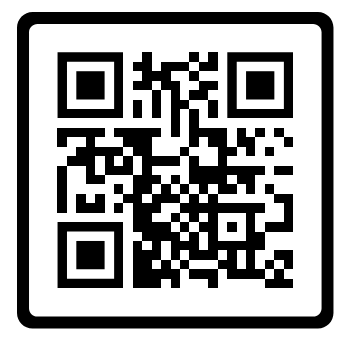Case Study: Comprehensive Costing and Inventory Management for an Advertising Goods Trading Company
Company Overview:
The company is a trading business specializing in sourcing advertising goods from China and distributing them across the MENA region. With a diverse range of products, including promotional items, signage, and corporate gifts, the company faced challenges in optimizing its supply chain, managing inventory levels, and maintaining profitability.
Challenges:
Complex Shipment Costing: The true landed cost of imported advertising goods was unclear due to fluctuating shipping and customs fees, impacting accurate product pricing.
Inventory Imbalance: Disparities between demand forecasts and actual sales led to excess stock of low-demand items and frequent stockouts of high-demand products.
Inadequate Product-Level Budgeting: Absence of granular budgeting and cash flow planning at the product level resulted in poor financial visibility and cash allocation.
Suboptimal Sales and Marketing Focus: Lack of clarity on gross profit margins made it difficult to prioritize high-margin products, affecting sales performance and overall profitability.
Solution:
To address these challenges, the company implemented a comprehensive solution focusing on cost analysis, inventory management, product-level budgeting, and sales optimization.
Shipment Cost Analysis:
Developed a detailed costing framework to capture every aspect of the shipment, including freight, customs duties, warehousing, and insurance.
Calculated the true landed cost for each advertising product, allowing for accurate pricing and profitability analysis.
Negotiated better shipping and handling rates with logistics partners to minimize overall shipment costs.
Inventory Management Optimization:
Implemented an automated inventory management system integrated with demand forecasting to maintain optimal stock levels.
Conducted ABC and XYZ Analysis to categorize products based on value, demand, and turnover, enabling better stocking decisions and prioritization of high-demand items.
Established reorder points and safety stock levels for critical items to reduce stockouts and ensure availability during peak sales periods.
Product-Level Budgeting and Financial Planning:
Introduced a product-level budgeting methodology to align inventory purchases with sales forecasts, reducing excess stock and freeing up cash for high-demand items.
Implemented a cash flow management strategy that prioritized cash allocation based on product profitability and demand trends.
Created product-specific financial models to forecast gross profit and cash flow, providing management with a clear view of each product’s contribution to overall profitability.
Targeted Sales Strategy:
Identified high-margin products through gross profit analysis and adjusted the sales strategy to focus on promoting these items.
Launched targeted marketing campaigns and dynamic pricing strategies for low-margin items to increase turnover and improve cash flow.
Established performance metrics to track product-wise sales, gross profit, and inventory turnover.
Solutions
Transforming enterprises with next-gen IT services.
Consulting
Support
+971557708994
© 2024. All rights reserved.


